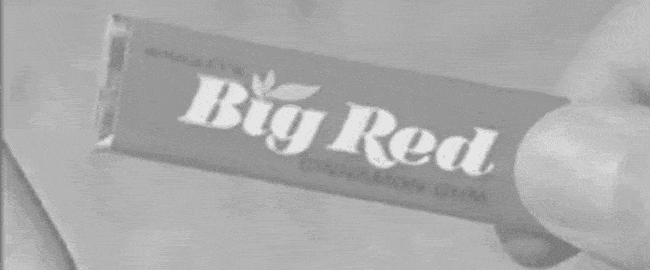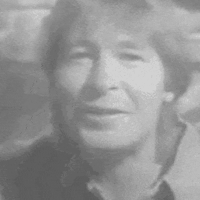
(Kelly Sikkema/Unsplash)
It has been nearly a week since I found myself editing Tedium contributor David Buck’s ode to chewing gum marketing, and I have to tell you about this horrible problem I’ve had ever since.
I. Cannot. Get. The. Big. Red. Jingle. Out. Of. My. Head.
It is a brutal earworm, the kind that leaves a mark years down the line, as famously highlighted in the Pixar film Inside Out:
In its own way, it’s a musical crime of sorts that a song can be this terribly catchy. As I said in the piece, I greatly dislike the product and will never use it. So it bothers me kind of a lot that I have this musical weapon in my brain.
In a lot of ways, it is intended as a weapon of sorts. Back in 1991, the academic journal Advances in Consumer Research highlighted a study done around the time the Big Red campaign was perhaps at its peak. Author Wanda T. Wallace of Duke University explained that the power of a good jingle, despite its distraction, is its ability to make you remember some key information months or years down the line. As Wallace wrote:
Music provides a very powerful retrieval cue. Music is more than just an additional piece of information, it is an integrated cue that provides information about the nature of the text. The music defines the length of lines, chunks words and phrases, identifies the number of syllables, sets the pattern of stressed and unstressed syllables within the text. Thus, the music acts as a frame within which the text is tightly fit. That frame can connect words at encoding, limit retrieval search, as well as constrain guessing or recreation at retrieval.
Which explains why jingles are commonly used around products like chewing gum or candy. When you’re in the store, advertisers want you to remember the benefits of a product easily, and what better way to do it than violently putting a short, hard-to-forget song in your head?
It made me think about the way that other famously sticky jingles were produced, admittedly.
A few years ago, Kars4Kids, a nonprofit that focuses on funding children’s programs by taking old cars and selling them off for parts, drew attention for a similarly brutal jingle, to the point where it became a meme.
But in that case, you kind of understand why it exists. A few years ago, Varda Meyers Epstein, a writer and employee of Kars4Kids, wrote a piece for The Content Strategist pointing out how the jingle has helped to raise the profile of the modest nonprofit inexpensively:
The Kars4Kids jingle wasn’t planned by a team. There was no budget, no studio, no famous spokesperson. It was created in 2004. Its goal was to be catchy. Today, the jingle runs in 14 markets nationwide, playing on about 50 stations, with its daily reach somewhere in the neighborhood of 50 million listeners.
That’s just radio, by the way. We’re on TV now too.
While you can safely assume the jingle was never going to win a Grammy, it is still relevant after all these years. In the past eight months, half of our Twitter mentions were about the song. And that relevance also extends to pop culture.
Yes, like the Big Red jingle, it feels kind of like a weapon, but on the other hand, it’s a weapon for a good cause.
Personally, I had not thought of the Big Red jingle for many years, so its reappearance in my life is not welcome. Why do computer companies not make catchy jingles so I can think about those instead?
Time limit given ⏲: 30 minutes
Time left on clock ⏲: 4 minutes, 32 seconds



